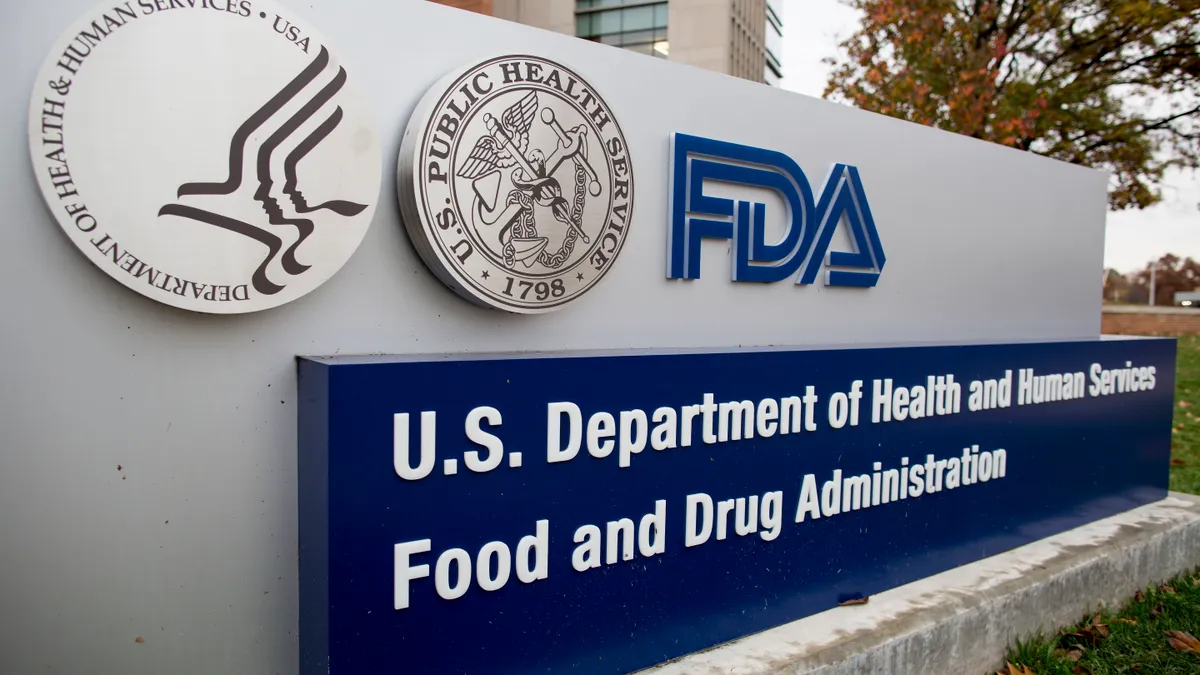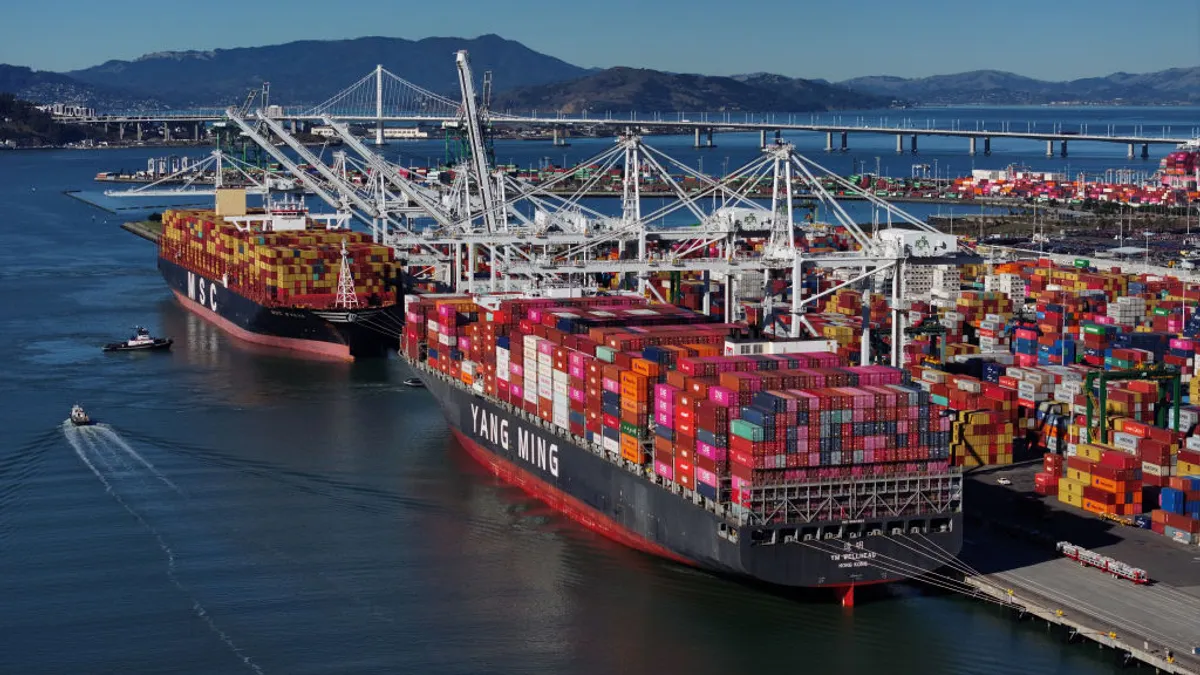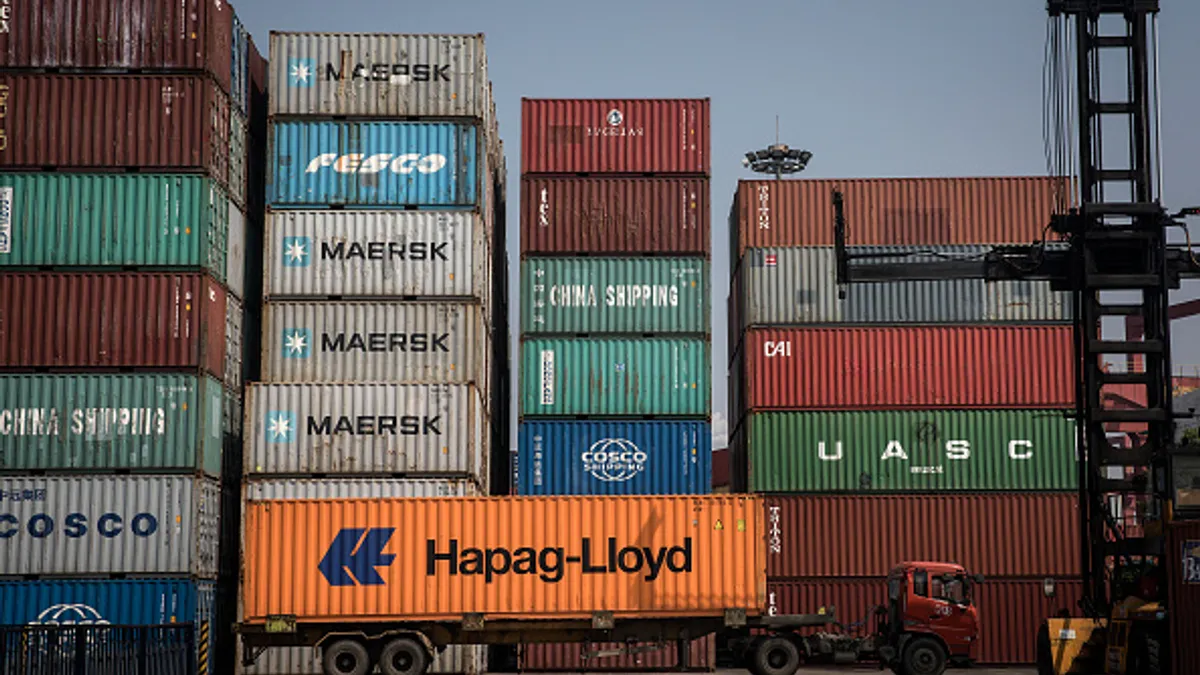When Osmotica Pharmaceuticals Corp. heard the Drug Supply Chain Security Act had become law in November 2013, the company knew compliance would be a challenge.
At the time, the global manufacturer was in the midst of an internal transformation: three companies were merging, and with it came far-reaching organizational changes, said Alfreda Franklin, a serialization analyst at Osmotica.
But the law waits for none. Soon, it became clear, legal requirements would thrust the company into yet another transformation — reaching beyond its own four walls.
The DSCSA is more than a rule, after all. It is a global mandate, requiring any company wishing to sell a pharmaceutical product in the U.S. to facilitate product "traceability" by 2023.
In theory, this means a consumer should be able to pick up a bottle at a pharmacy and see all the hands that touched it prior to the point of sale. In practice, however, the law was a pipe dream: a demand drugmakers, licensers, distributors and dispensers track, collect and share product data at each step of the supply chain.
Recognizing the challenges to the industry, the Food and Drug Administration set a 10-year implementation timeline within the Act. Now, five years later, the dream seems just arms-length away, according to industry insiders. But the journey to full compliance is far from over.
But first, a primer
The Drug Supply Chain Security Act is a federal standard that "outlines steps to build an electronic, interoperable system to identify and trace certain prescription drugs as they are distributed in the United States," according to the FDA.
The goal — colloquially known as "traceability" within the industry — requires active participation from every member of the supply chain. As a result, the DSCSA raised legal standards not just for manufacturers and their suppliers, but also for wholesale distributors, third-party logistics providers, pharmacies and hospitals.
Inherent in the FDA's definition are three distinct stages of implementation:
- Product verification – The FDA must be able to verify a product's "chain of custody" at any time. This means, first, the industry has to create an "interoperable system" — one capable of receiving and parsing data from vastly different software — to store transaction history between business partners.
- Serialization – This means creating unit-level product identifiers and deploying them on lots, cases and packages at a global scale. (A drug made in China, but sold in the U.S., must be serialized from start to finish).
- Traceability – The final step. Using the interoperable system to store unit-level data at each transaction, and deploying such a system downstream in the supply chain to drug dispensers, like retail pharmacy chains and hospitals.
Each of the three stages requires investment from supply chain actors — and investment takes time.
The path to implementation
The 10-year path to traceability is rife with challenges for the industry.
Each step of implementation requires a high level of planning for the step before it. For distributors to meet their 2019 traceability deadline, they had to rely on manufacturers to serialize all the products, first.
"There were two really great ways to do it," said Perry Fri, executive vice president of industry relations, membership and education at the Healthcare Distribution Alliance (HDA) in an interview. One way, was if manufacturers sent distributors all the serialized data alongside the product.
The problem, Fri said, is that the DSCSA does not require unit-level serialization from manufacturers until 2023. If manufacturers, based on their timeline, only reach case- and lot-level serialization, distributors may struggle to meet their own compliance standards.
As a result, the HDA had to think of a second way. "We came up with a concept of a verification router server," Fri said, as a solution. "That way when a distributor scans a serialized saleable return, there is a system and a network behind it that would route the request for verification."
"This is something that doesn't exist," he added. But, working with audit and consulting giant KPMG and a large group of members, the HDA is aiming to start pilots by July 2018.
The industry's co-dependency for serialization is evident in the chart above, a graphic put together by the Healthcare Distribution Alliance, outlining each party's path to compliance.
Originally, 2017 was the deadline for all manufacturers to serialize. But as the deadline drew near, it became increasingly clear many would not meet compliance. As a result, the FDA added a one-year enforcement grace period, through November 2018.
Tracelink Inc., the world's largest track-and-trace network with more than 820 customers participating, provides a vantage point to view the industry's progress on implementation.
Just before the FDA announced the enforcement grace period, Tracelink surveyed 660 companies in the pharmaceutical supply chain, to find only 25% were "actually ready" to meet the deadline, based on the steps they had taken to implementation. In addition, only 11% of pharmaceutical companies (174) surveyed felt their contract manufacturers were ready to ship serialized products.
An HDA survey conducted around the same time found similar results. "Based on these data, 100% of product will not be serialized by November 27, 2017," the report authors concluded. "Currently, it also does not appear that all products will be serialized by November 27, 2018, when FDA's enforcement discretion expires."
In both cases, the top concern was with the readiness of contract manufacturers (CMOs), who themselves expressed troubles finding the right equipment to be compliant.
"All the orders were placed relatively in a tight time period," Tracelink President and CEO Shabbir Dahod explained in an interview. "Therefore there was a significant surge in orders which have caused delays."
Even companies that succeeded in meeting the deadline, however, tell tales of change management struggles.
"Our case and pallet label software didn't work with our [label management system] provider's equipment even though a consulting company that we used to spearhead the project stated there would be no problem," Osmotica's Franklin said. "As a result, we spent 2 weeks trying to get the degree symbol on the label using our existing case label software, and another [several days] to resolve the issue with the bottle label software 'poisoning' the fonts."
In the end, Osmotica had to pay the equipment vendor more money to recreate the labels and convert them for storage within Osmotica's software.
The two stories, Osmotica's software struggles and CMOs' equipment shortages, are but a sample of the major shifts the pharmaceutical industry will see — shifts that, while invisible to actors outside the sector, require significant planning and change for the companies involved.
What's next?
The FDA has a timeline, but after the most recent public meeting with industry stakeholders, the HDA warned the agency and the industry are diverging on what they expect to achieve by 2023.
"I think the FDA has a view of kind of a major end-stage place that is a centralized, cloud-based system into which they, and presumably others, could look to examine the path of a particular medicine through the supply chain," Fri said.
"I think where the industry is today, and frankly how the law is written, we're looking at a visibility system that requires interoperability," and not a centralized solution, he added. "Most people in the industry would prefer that the data is not sitting outside their four walls."
As the pharma industry enters the last stage of the DSCSA's implementation — a five-year period to achieve full serialization and tie it with transaction history for global drug traceability — it will have to reach a consensus on what, in the end, the system looks like.
Nearly six months after the 2017 deadline, where does the industry stand?
|
Progress Report |
Transaction History |
Serialization |
Quote |
|
Manufacturers |
Deployment phase |
Deployment phase |
"The deployment phase can last a long time if you are a large company." |
|
Third-party logistics providers |
Implementation phase |
Implementation phase |
"They are still working through what the impact is on them in the medium term before 2023." |
|
Wholesale distributors |
Implementation phase |
Early stages |
"For serialization, they are putting together their teams." |
|
Pharmacies |
Retail chains: Moved toward an electronic system Independent pharmacies: Still mostly on paper |
Retail: Pilot phase Independent: Do not know what to expect
|
"Retail chains are in the early stages of assessment, and some of the large ones in the piloting phase." |
|
Hospitals |
Early stages |
Early stages |
"Hospitals on transaction history are a mixture." |
The table above outlines where, according to Tracelink's Dahod, each supply chain actor stands in that process, and highlights that even within supply chain categories, implementation may be at vastly different stages.
In the meantime, the individual stakeholders still have to achieve the basic elements of traceability, independently. Despite a long journey ahead, though, the industry appears optimistic.
"The good thing about a 10-year timeline is that it gives us the reference point we need so that we can test things and pilot things and work with trading partners," said Fri.
"The number of serial numbers commissioned on our network has more than doubled from a year ago," Dahod said. "Serialization is the hill that has to be climbed first, and it's the tallest hill, and I am more optimistic than I have ever been," he added.























